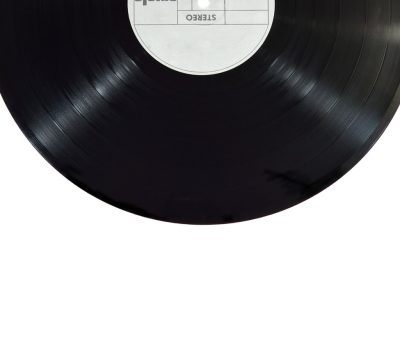


Our team sorts through all blog submissions to place them in the categories they fit the most - meaning it's never been simpler to gain advice and new knowledge for topics most important for you. This is why we have created this straight-forward guide to help you navigate our system.
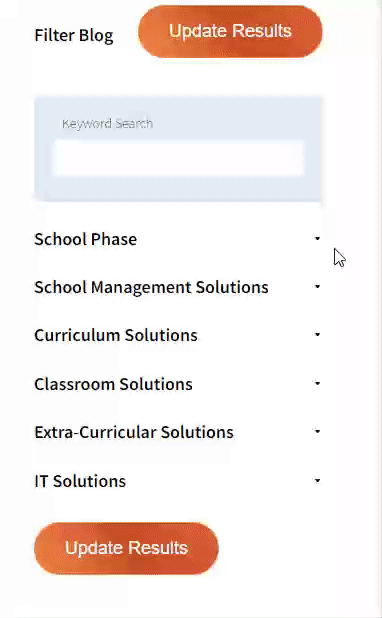

And there you have it! Now your collection of blogs are catered to your chosen topics and are ready for you to explore. Plus, if you frequently return to the same categories you can bookmark your current URL and we will save your choices on return. Happy Reading!
Nadine has been researching and testing how to improve her class’ vocabulary. Here, she shares how she has been getting on and encourages others to give it a try.
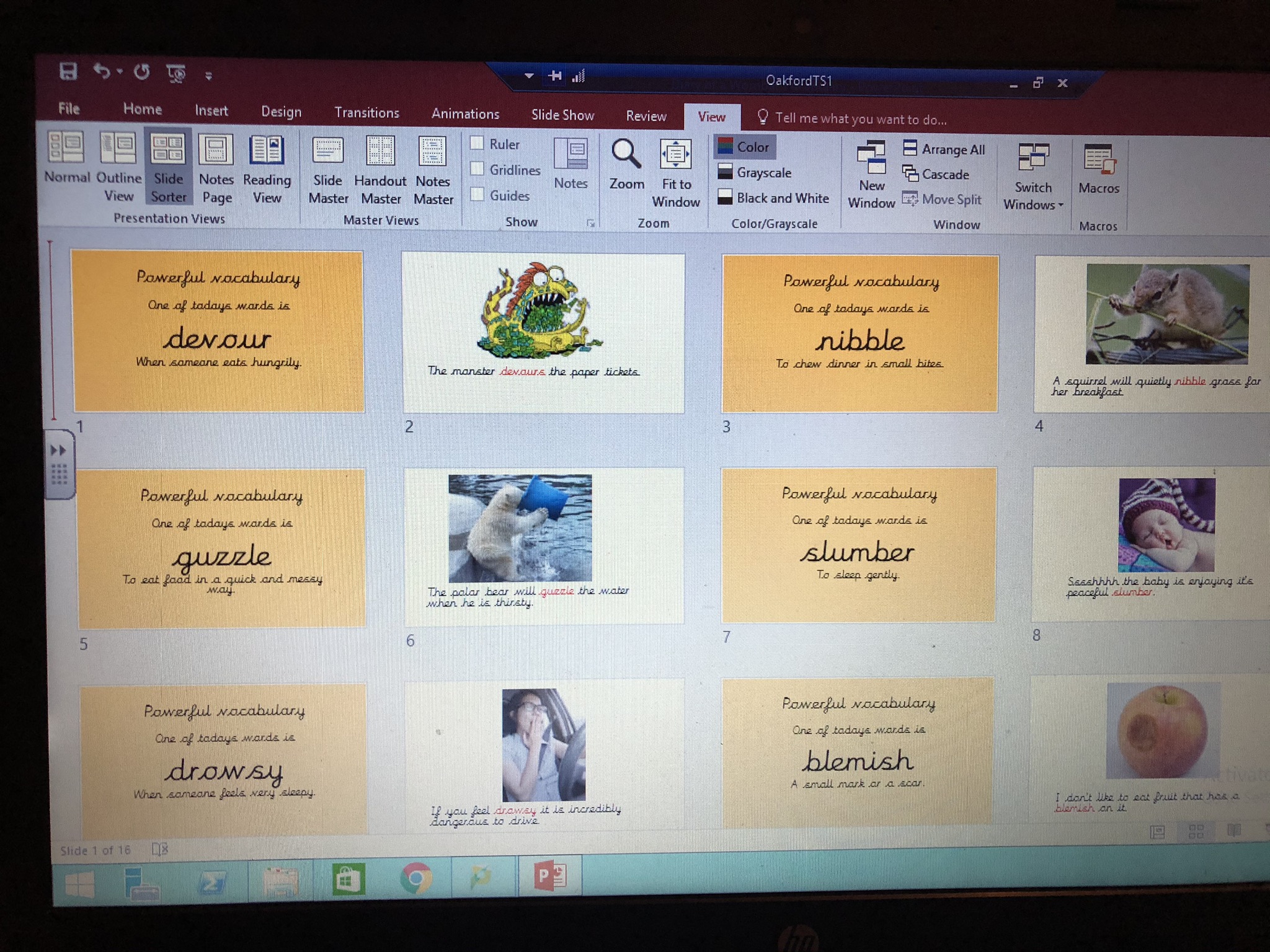
Bringing powerful vocabulary into the children’s daily diet is one of the latest buzz terms at the moment. I have been fortunate enough to have the challenge of doing this in my own setting and I am a long way off where I want to be, but I wanted to share the journey I have found myself following, so far.
I had, somewhat foolishly, assumed that because I used powerful vocabulary with my class and also with my own children, that everyone else did as well. However since I have been researching others practise, I have found that this is not necessarily always the case. Whenever I have a snippet of time in the evening, on weekends when my children are away or in the morning before anyone in my household is awake, I am frantically reading. I have absorbed published texts, from cover to cover, that have been invaluable to my background knowledge such as ‘Closing the Vocabulary Gap’ by Alex Quigley and ‘Bringing Words to Life’ by Isabel L. Beck, Margaret G. McKeown and Linda Kucan, to name but a few. I’ve lost time online, trailing through Twitter threads to gain an insight into how others are developing the use of Tier 2 and Tier 3 vocabulary and finally, having strengthened my own knowledge I have been trialling different techniques within my classroom.
I then incorporate other ways of bringing these words into our daily lives
I have found that without too much reminding the children’s vocabulary is beginning to improve and they are starting to use these Tier 2 words in a range of different subjects.
I am a long way off the perfect model. I’m just a teacher putting it all into practice but I’m thrilled with the progress that the class and I have made so far and as I’m certain that others are looking to improve the language that is being used within their classroom practice, I wanted to share this with you all.
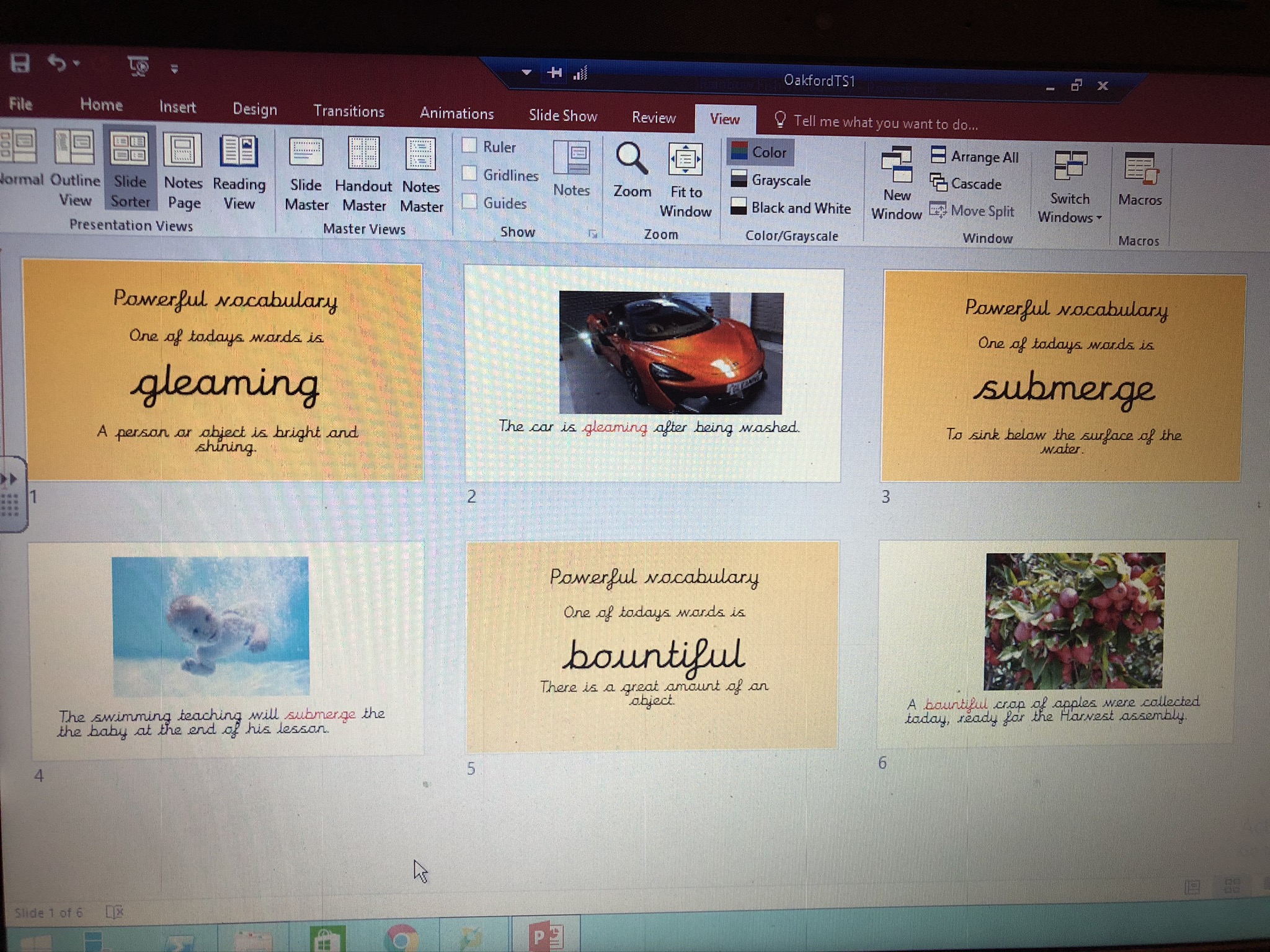

The author

Read more
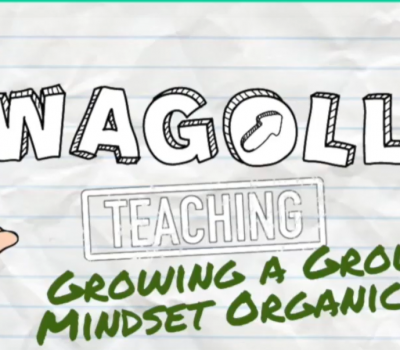
Read more

Read more
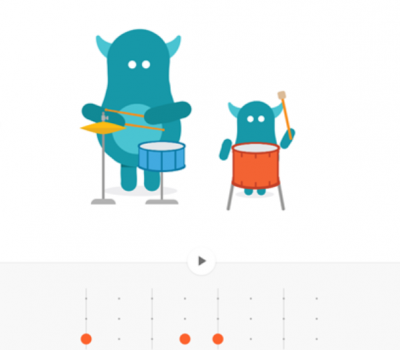
Read more

Read more

Read more
Read more

Read more


Are you looking for solutions? Let us help fund them! Nexus Education is a community of over 11,000 schools that come together to share best practise, ideas and CPD via online channels and free to attend events. Nexus also offers funding to all school groups in the UK via nexus-education.com

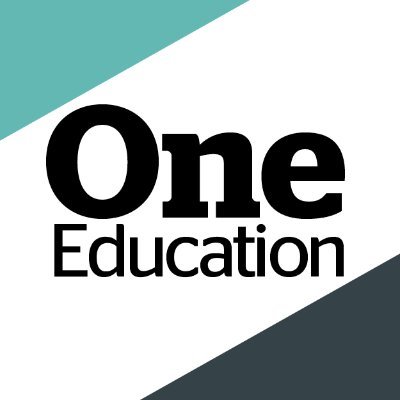
Established in 2011, One Education is a company at the heart of the education world, supporting over 600 schools and academies. Our unique appeal as a provider is in the breadth and synergy of the services we offer, supporting school leaders, teachers and support staff to achieve the best possible outcomes for their pupils and staff.
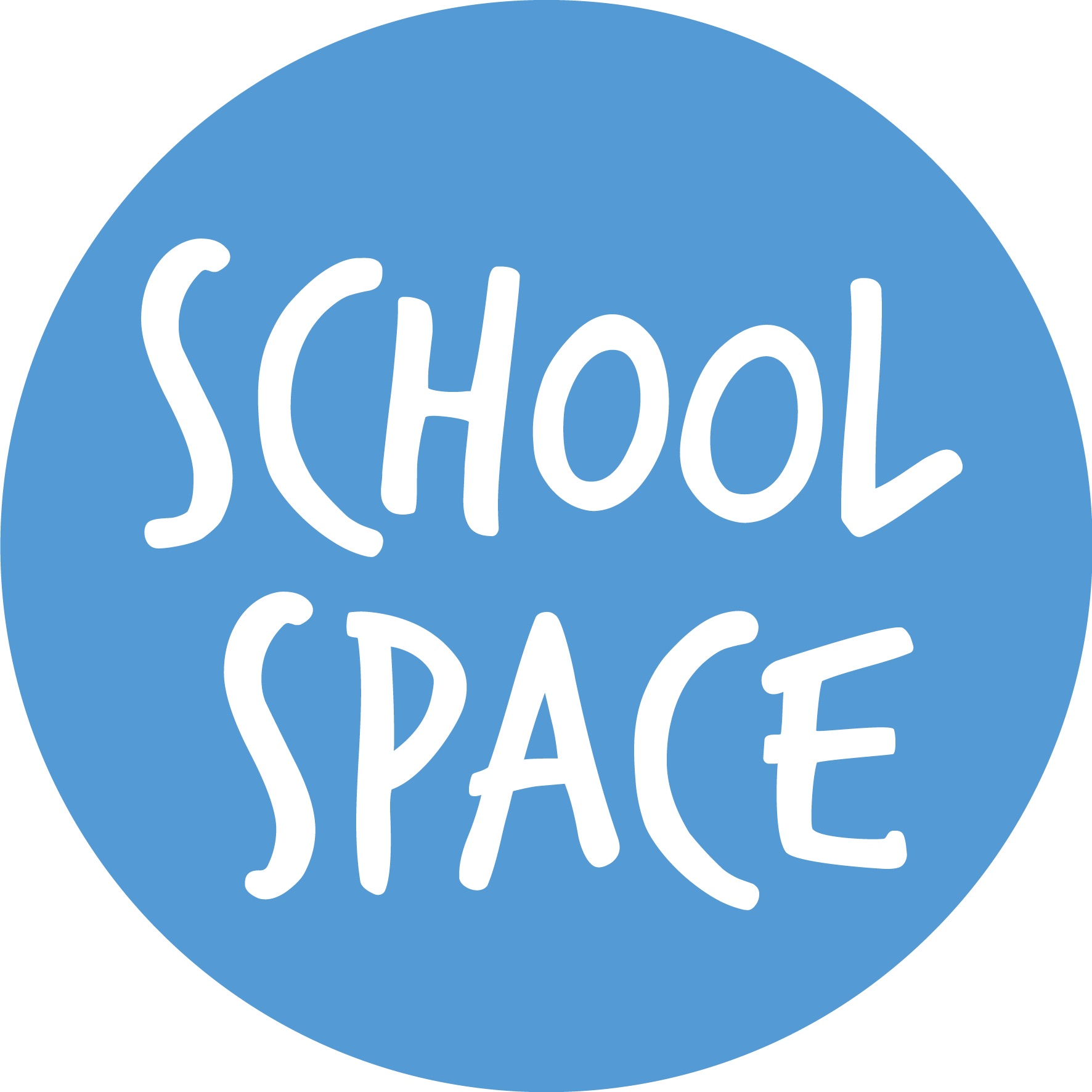
School Space is a social enterprise that has empowered schools for over 12 years through their profitable and hassle-free lettings services. So far, they’ve generated over £5 million in revenue for education, helping to connect over 200 schools with their local communities.


Operoo is a school operations and productivity platform. We help thousands of schools and trusts to eliminate slow, expensive and repetitive tasks. Operoo helps schools streamline and digitise processes, drastically reducing the associated costs: From student pre-admissions, permission forms, payments, and school trips; to medical information and emergency contacts, incident reporting, staff agreements, and more in over 100 languages.


Unify is an online sales and marketing tool that allows users to create tailored personalised documents in moments.

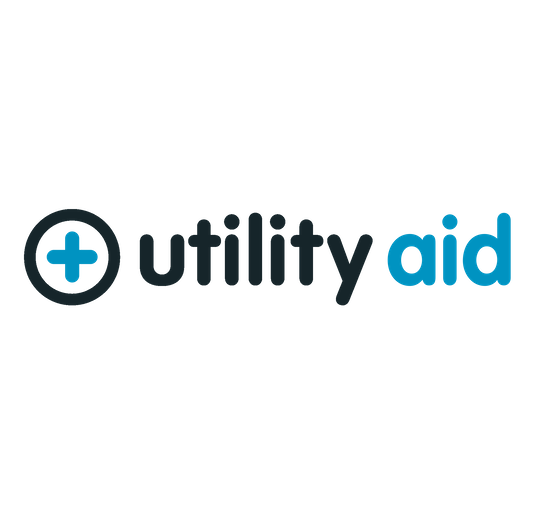
There’s nothing special about the energy we sell. In fact, it’s exactly the same energy as all our competitors provide. But there is something special about the way we do it. Where others complicate the process, we simplify it. Where others confuse customers with hidden terms, we’re an open book. And where others do all they can to make as much money from their customers as possible, we do all we can to make as little. Everything we do, we do it differently. Our customers are a privilege. One we’ll never take advantage of.


Securus provide market-leading monitoring solutions to safeguard students on ALL devices both online and offline. We also offer a full monitoring service, where we carry out the monitoring on behalf of the school, freeing up valuable staff resources. From the smallest school to large MAT groups, Securus offers safeguarding protection for all!

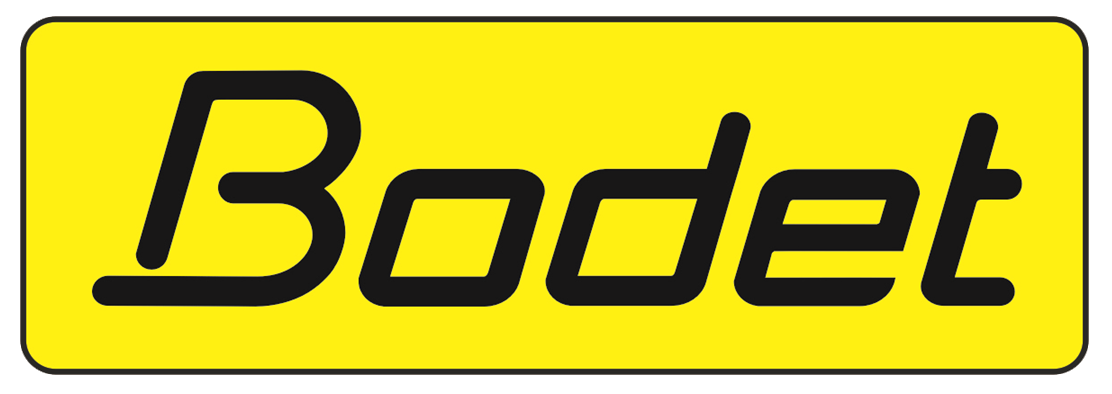
As European leaders of Time Management Solutions, Bodet offer Lockdown, Clock, Bell & PA Systems. Harmonys, our five-in-one IP/PoE Bell System, provides a unique customisable lockdown or panic alarm alert. Melodys, a Wireless Bell System, is useful where wiring can be difficult.
One Reply to “Introducing Powerful Vocabulary”